Table of Contents
Introduction to Cajun and Creole Spices
Cajun and Creole spices are two distinct seasoning blends from Louisiana, often confused due to their similar uses. The primary differences lie in their origins, ingredient profiles, and heat levels. Cajun seasoning originates from Acadian French roots and is typically spicier with a focus on heat, while Creole seasoning has a more complex blend of herbs like thyme and oregano, with a balanced flavor profile.
Key Differences Between Cajun and Creole
| Characteristic | Cajun | Creole |
|---|---|---|
| Origin | Acadian (French-Canadian) roots in Louisiana | Mixed cultural influences including French, Spanish, African, and Caribbean |
| Flavor Profile | Spicy, earthy, smoky | Bolder, more complex, with a balance of heat and sweetness |
| Common Ingredients | Cayenne pepper, garlic powder, onion powder, paprika, black pepper | Paprika, cayenne, garlic, onion, thyme, oregano, bay leaves |
| Use Cases | Grilled meats, seafood, jambalaya, gumbo | Seafood, stews, gumbos, and dishes with a more refined touch |
| Heat Level | Can be very spicy | Generally milder than Cajun, though still flavorful |
While these differences give each blend its own identity, the lines can blur. Some recipes use both, and many cooks mix them based on personal taste. That's part of the fun of working with spices—experimentation is encouraged!
Cooking with Cajun and Creole Spices
Now that you know the basics, let's talk about how to use these two powerhouses in your kitchen. Whether you're a seasoned chef or just starting out, these tips will help you make the most of your spice collection.
- Start Small: If you're new to either blend, start with a small amount. You can always add more, but it's hard to fix an overly spicy dish.
- Pair with the Right Dish: Cajun is perfect for grilled shrimp, chicken, or pork. Creole works well with seafood, especially crawfish, shrimp, and crab.
- Make Your Own Blend: Store-bought mixes are great, but making your own gives you full control over the heat and flavor. A simple Cajun mix could include cayenne, paprika, garlic, and onion powders.
- Balance the Heat: If you want a milder version, reduce the cayenne or replace it with smoked paprika. For a bolder Creole blend, add some thyme or oregano.
- Experiment Freely: Don't be afraid to try mixing Cajun and Creole in the same recipe. It can create a rich, layered flavor that's all your own.
Remember, the best thing about spices is that there's no single right way to use them. Just have fun and enjoy the process!

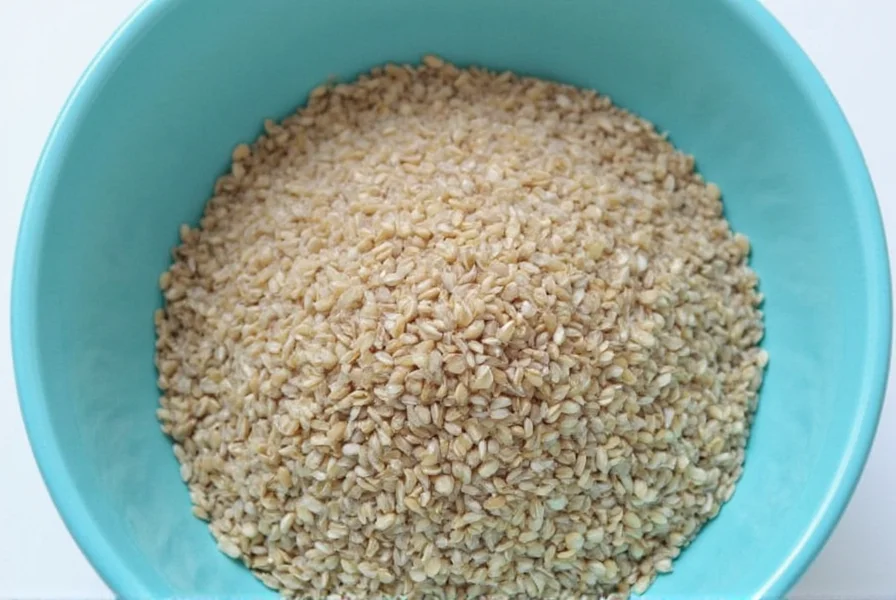
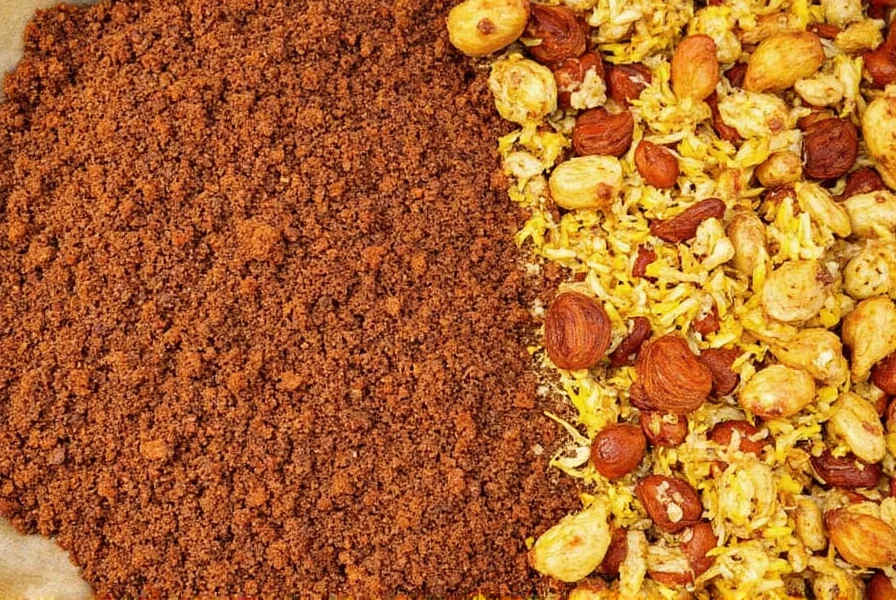
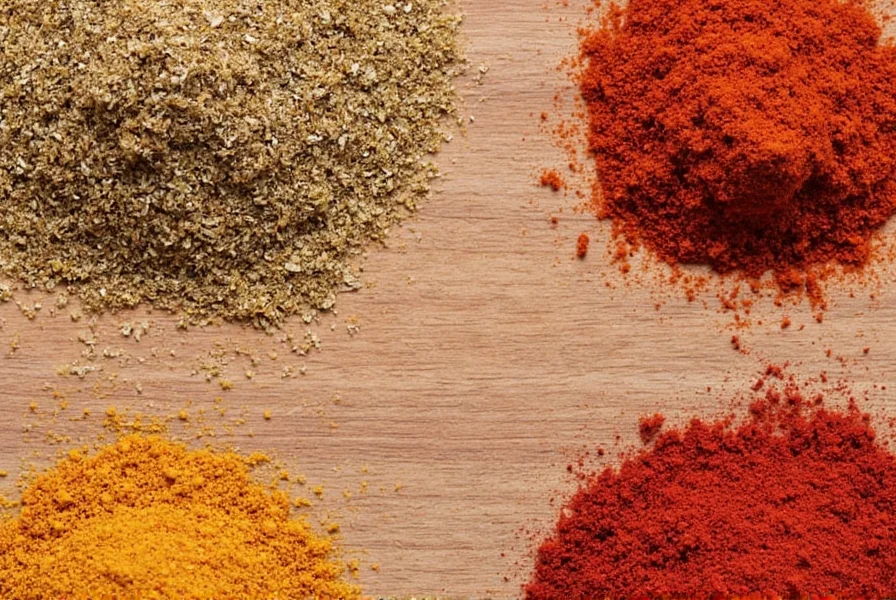
Frequently Asked Questions About Cajun and Creole Spices
What's the main difference between Cajun and Creole spices?
The main difference lies in their origins and flavor profiles. Cajun spices originate from the Acadian (French-Canadian) people who migrated to Louisiana, featuring a spicier, earthier profile with ingredients like cayenne pepper, garlic powder, and paprika. Creole spices have more diverse cultural influences (French, Spanish, African, Caribbean) and tend to be more complex with additional herbs like thyme and oregano, often with a balance of heat and sweetness.
Which is spicier, Cajun or Creole seasoning?
Generally, Cajun seasoning tends to be spicier than Creole. Cajun blends typically contain more cayenne pepper and focus on heat, while Creole seasoning often has a more balanced flavor profile with herbs that temper the heat. However, spice levels can vary by brand and recipe.
Can I substitute Cajun seasoning for Creole (or vice versa)?
Yes, you can substitute one for the other in a pinch, but the flavor profile will change. If substituting Cajun for Creole, consider adding some thyme or oregano to mimic Creole's herbal notes. If using Creole in place of Cajun, you might want to add extra cayenne for more heat. For the most authentic results, it's best to use the seasoning specified in the recipe.
What dishes are traditionally made with Cajun seasoning?
Cajun seasoning is commonly used in dishes like jambalaya, gumbo, grilled meats, fried chicken, and blackened fish. It's particularly good for rustic, hearty dishes where bold spice is desired. The "holy trinity" of Cajun cooking (bell peppers, onions, and celery) often accompanies these seasonings.
What dishes are traditionally made with Creole seasoning?
Creole seasoning shines in seafood dishes like crawfish étouffée, shrimp Creole, and seafood gumbos. It's also used in stews and sauces where a more complex, layered flavor is desired. Creole cooking often includes tomatoes, which distinguishes it from many Cajun dishes.
Can I make my own Cajun or Creole seasoning at home?
Absolutely! Making your own allows you to control the heat level and freshness. A basic Cajun blend might include 2 tbsp paprika, 1 tbsp garlic powder, 1 tbsp onion powder, 1 tbsp cayenne pepper, 1 tbsp black pepper, and 1 tbsp salt. For Creole, add 1 tbsp dried thyme and 1 tbsp dried oregano to that base. Store in an airtight container for up to 6 months.
Why are Cajun and Creole cuisines often confused?
They're often confused because both originate from Louisiana and share some ingredients and cooking techniques. Additionally, the terms are sometimes used interchangeably in commercial products, and many modern recipes blend elements of both traditions. The cultural overlap in Southern Louisiana cuisine also contributes to the confusion.
Is Creole the same as "Cajun" but with tomatoes?
While it's a common simplification that "Cajun is without tomatoes and Creole is with tomatoes," the reality is more nuanced. This distinction applies more to dishes like gumbo than to the spice blends themselves. The difference goes beyond just tomatoes to include cultural origins, cooking techniques, and overall flavor profiles.
Buying Guide for Cajun and Creole Spices
Whether you're shopping online or in-store, knowing what to look for can make a big difference in the quality and flavor of your spice blends. Here's a detailed guide to help you choose the best options:
Top Products for Cajun Spices
- Southern Seasoning Cajun Spice Mix
- Features: Made with a blend of cayenne, paprika, garlic, and onion powders.
- Advantages: Consistent flavor, easy to use, and widely available.
- Use Cases: Great for grilling, seasoning meats, or adding flavor to soups and stews.
- Target Audience: Home cooks looking for convenience and flavor.
- Suitable Occasions: Barbecues, family dinners, or casual gatherings.
- Hillshire Farm Cajun Seasoning
- Features: Contains paprika, cayenne, garlic, and black pepper.
- Advantages: Versatile, suitable for a variety of dishes.
- Use Cases: Perfect for seasoning chicken, fish, or vegetables.
- Target Audience: Busy individuals who want quick, flavorful meals.
- Suitable Occasions: Weeknight dinners, potlucks, or game day snacks.
Top Products for Creole Spices
- McCormick Creole Seasoning
- Features: Includes paprika, garlic, onion, thyme, and oregano.
- Advantages: Balanced flavor profile, ideal for seafood and stews.
- Use Cases: Excellent for seasoning shrimp, crawfish, or creating a rich gumbo.
- Target Audience: Cooks who enjoy a more refined, complex flavor.
- Suitable Occasions: Special occasions, dinner parties, or weekend cooking sessions.
- Red Hot Creole Seasoning
- Features: Offers a bit more heat while maintaining a balanced taste.
- Advantages: Adds depth without overwhelming the dish.
- Use Cases: Ideal for those who love a little extra kick.
- Target Audience: Spicy food lovers or those looking to upgrade their everyday meals.
- Suitable Occasions: Dinnertime, holiday meals, or when you want to impress guests.
When choosing between Cajun and Creole, consider the type of dish you're making and the level of heat you prefer. Also, keep an eye on the ingredient list—some blends may contain fillers or preservatives that can affect the flavor.
Conclusion
Cajun and Creole spices are distinct Louisiana traditions with unique origins and flavor profiles. Understanding these differences ensures you choose the right blend for your dish, enhancing both flavor and authenticity.
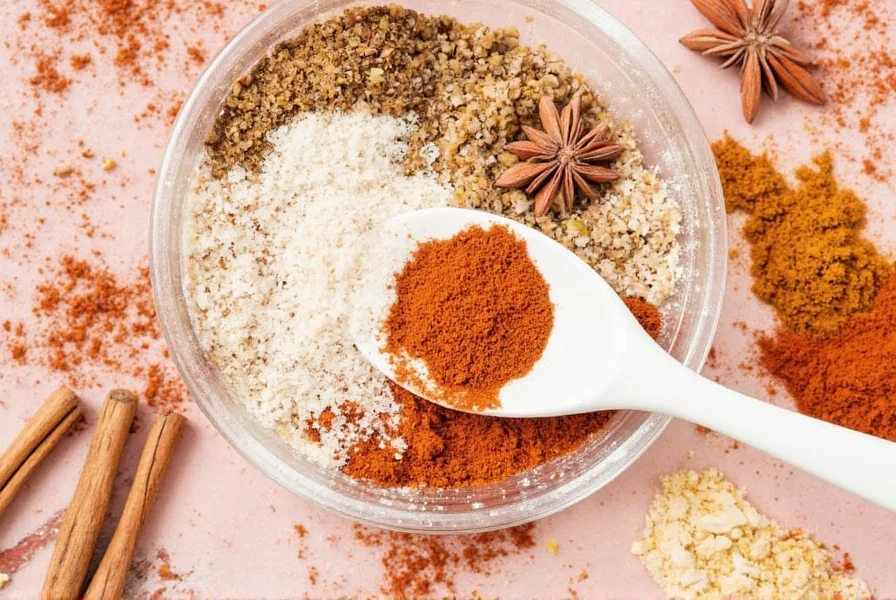
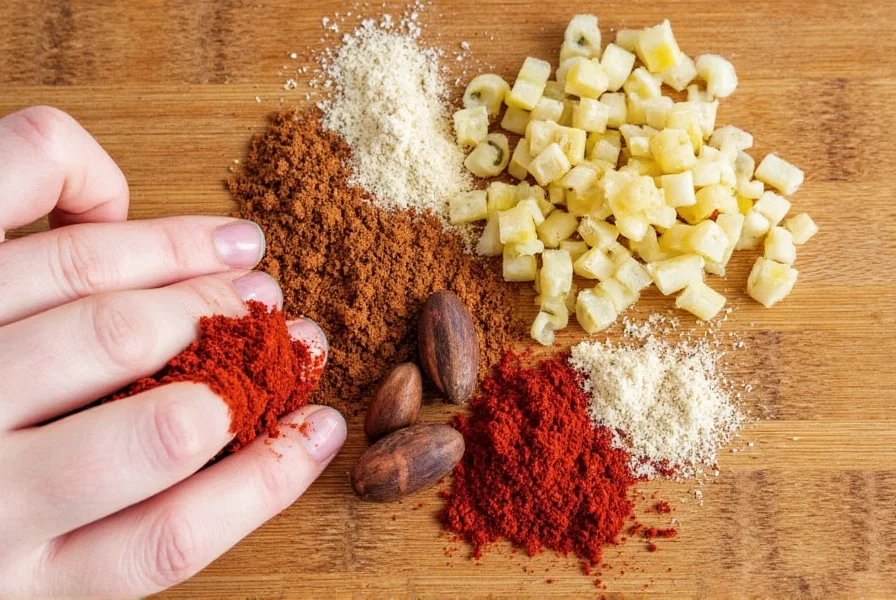
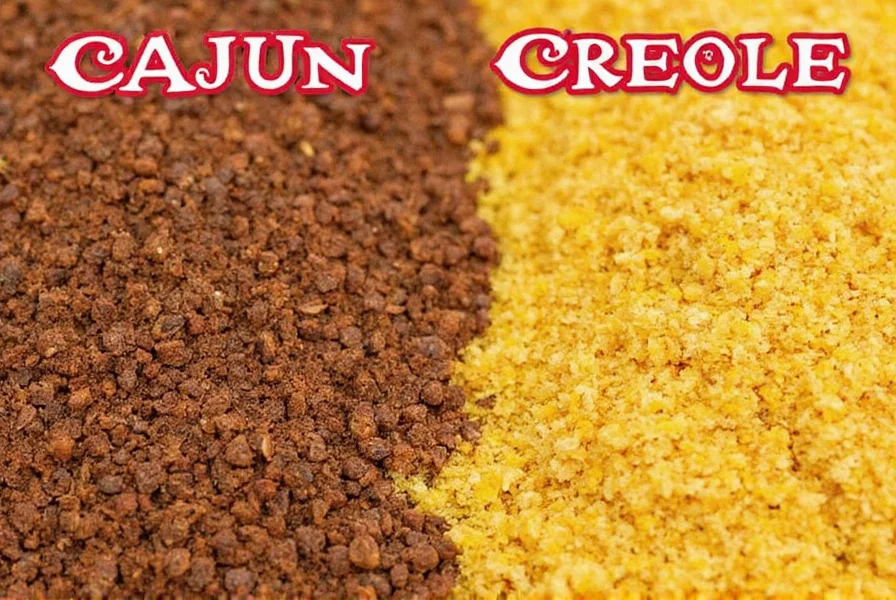
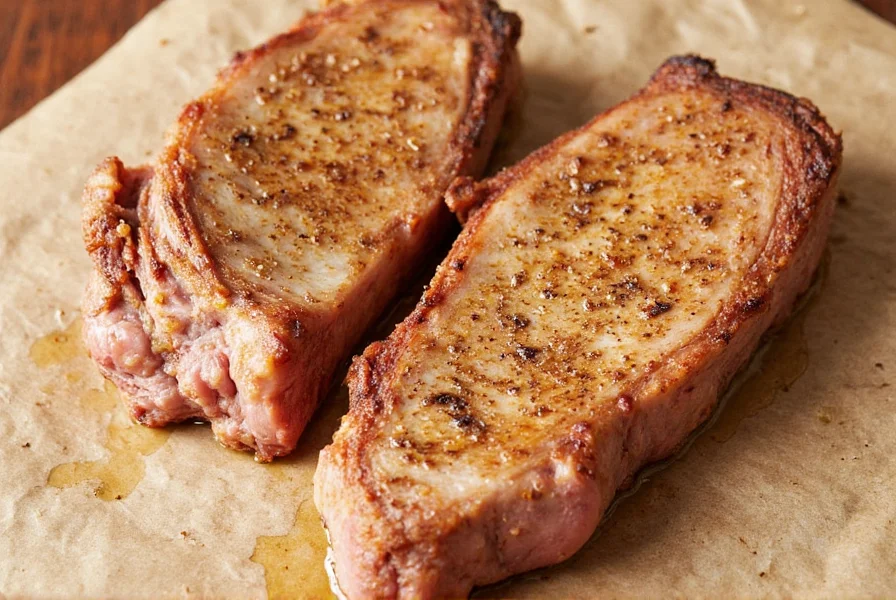










 浙公网安备
33010002000092号
浙公网安备
33010002000092号 浙B2-20120091-4
浙B2-20120091-4